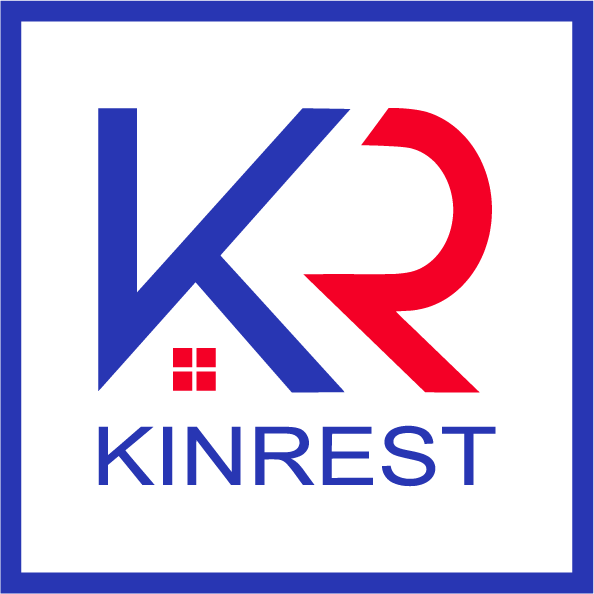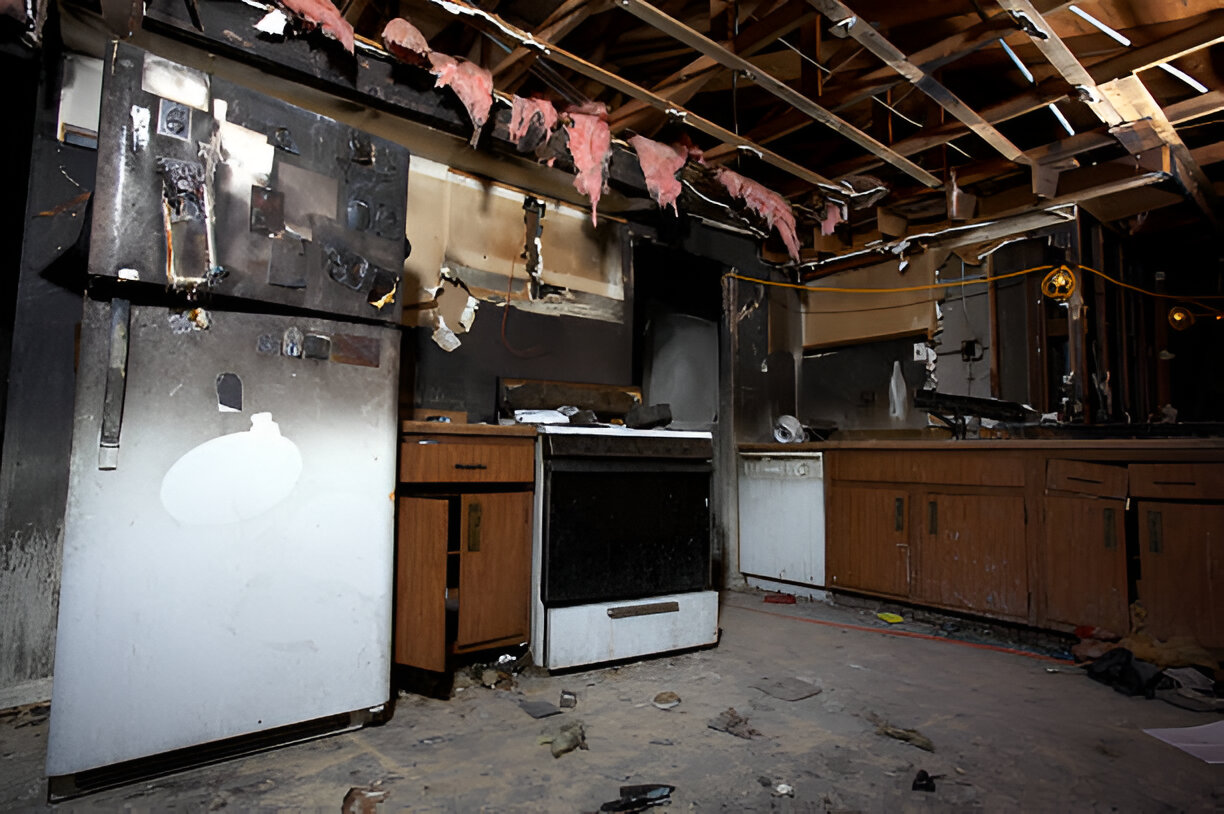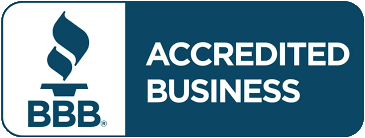Comprehensive Fire Damage Restoration Services in Denver, CO
- Licensed and Certified
- 24/7 Service Available
- 100% Satisfaction Guarantee
- We Keep Your Family Safe

Understanding the Fire Damage Restoration Process
Fire damage restoration is a crucial process that helps return a property to its original state after a fire. The restoration process begins with a comprehensive assessment of the damage. This ensures that all necessary steps are taken to restore the property effectively.
Initial Inspection and Damage Assessment
The first step in the restoration process is to inspect the property. Professionals will look for:
- Extent of fire damage: How far the flames and smoke have spread.
- Water damage: Often caused by firefighting efforts.
- Contents assessment: Determining what can be salvaged and what needs to be discarded.
Securing the Property and Debris Removal
Once the assessment is complete, the next step is to secure the property. This includes:
- Boarding up openings to prevent unauthorized access.
- Removing debris to create a safe working environment.
- Tarping or sealing parts of the roof to protect against weather damage.
Water Removal and Drying
Water removal is essential to prevent further damage. This step involves:
- Using commercial equipment to extract water.
- Drying out the structure to avoid mold growth.
- Removing damaged materials like drywall and flooring.
Cleaning and Smoke Removal
The cleaning process is intensive and includes:
- Manual labor to clean smoke and soot from surfaces.
- Using deodorizing agents to eliminate lingering odors.
- Sanitizing areas affected by water damage to prevent mold.
“The fire damage restoration process is not just about fixing the visible damage; it’s about ensuring the safety and health of the property and its occupants.”

From Our Customers

Key Techniques in Fire Damage Restoration
Advanced Fire and Smoke Damage Techniques
Fire damage restoration requires advanced techniques to effectively tackle the aftermath of a fire. Professionals use specialized tools to remove soot and smoke odors, ensuring a thorough cleanup. Key methods include:
- Soot Removal: Using high-efficiency particulate air (HEPA) filters to capture fine particles.
- Smoke Odor Elimination: Applying deodorizing agents to neutralize lingering smells.
- Surface Cleaning: Employing various cleaning methods tailored to different surfaces.
Water Damage and Mold Prevention
Water damage often accompanies fire incidents. To prevent mold growth, restoration teams focus on:
- Immediate Water Extraction: Removing standing water quickly to minimize damage.
- Drying Techniques: Utilizing industrial fans and dehumidifiers to dry out affected areas.
- Mold Treatment: Applying antimicrobial solutions to prevent mold spores from taking hold.
Structural Repairs and Reconstruction
After the initial cleanup, structural repairs are essential. This includes:
- Wall and Ceiling Repairs: Fixing or replacing damaged drywall and ceilings.
- Flooring Restoration: Repairing or replacing floors affected by fire or water.
- Safety Checks: Ensuring all repairs meet safety standards to protect occupants.
Deodorizing and Sanitizing
The final steps in restoration involve deodorizing and sanitizing the property. This process includes:
- Final Cleaning: Removing any remaining soot and debris.
- Deodorizing Treatments: Using specialized products to eliminate odors.
- Sanitization: Ensuring all surfaces are clean and safe for reoccupation.
“The fire damage restoration process includes damage assessment, cleanup, and restoration. Understanding these techniques can help ensure a successful recovery.”
Choosing the Right Fire Damage Restoration Company
When facing the aftermath of a fire, selecting the right restoration company is crucial. Choosing the right disaster restoration services begins with knowing what kind of companies are operating in your area. Here are some key points to consider:
Qualifications to Look For
- Licensing and Insurance: Ensure the company is licensed, bonded, and insured.
- Experience: Look for a contractor with experience in managing complex restoration projects.
- Insurance Assistance: They should have a track record of working with insurance claims.
Insurance Claim Assistance
- Claim Filing: A good restoration company will help you file your insurance claim.
- Documentation: They should assist in documenting the damage thoroughly.
- Adjuster Communication: Look for companies that communicate effectively with your insurance adjuster.
Customer Reviews and Testimonials
- Online Reviews: Check platforms like Google and Yelp for customer feedback.
- Word of Mouth: Ask friends or family for recommendations.
- Case Studies: Look for documented case studies of their past work.
Service Availability and Response Time
- 24/7 Availability: Ensure they offer emergency services around the clock.
- Rapid Response: A quick response can prevent further damage.
- Local Presence: Choose a company that operates in your area for faster service.
Common Challenges in Fire Damage Restoration
Fire damage restoration can be a tough process, and there are several common challenges that homeowners face. Here are some of the main issues:
Handling Hazardous Materials
- Asbestos: If your home was built before the 1980s, it might contain asbestos, which can be dangerous if disturbed.
- Lead Paint: Homes built before 1978 may have lead-based paint, which poses health risks.
- Electrical Hazards: After a fire, electrical systems can be damaged, creating potential risks.
Dealing with Water Damage
- Simultaneous Damage: Firefighting efforts often lead to water damage, complicating the restoration process.
- Mold Growth: If water is not removed quickly, mold can develop, leading to further damage.
- Structural Integrity: Water can weaken the structure, making repairs more complex.
Restoring Personal Belongings
- Contents Cleaning: Items like furniture and electronics may need specialized cleaning to restore them.
- Sentimental Value: Many belongings hold emotional significance, making their restoration crucial.
- Insurance Coverage: Not all items may be covered by insurance, leading to potential losses.
Managing Emotional Stress
- Displacement: Being away from home can be stressful for families.
- Decision Fatigue: Homeowners must make many decisions quickly, which can be overwhelming.
- Financial Concerns: The cost of restoration can add to the stress, especially if insurance does not cover all expenses.
Understanding these challenges can help homeowners prepare for the restoration process and make informed decisions.

“Restoring a home after a fire is not just about fixing the physical damage; it’s also about addressing the emotional toll it takes on families.”
The Role of Insurance in Fire Damage Restoration
Understanding Your Coverage
When a fire occurs, many homeowners must know that their home insurance may cover fire damage restoration. This includes services like odor removal and structural repairs. It’s crucial to review your policy to understand what is included.
Filing a Claim
Filing a claim can be a complex process. Here are some steps to follow:
- Contact your insurance provider as soon as possible.
- Document all damage with photos and notes.
- Keep records of all communications with your insurer.
Working with Adjusters
Insurance adjusters play a key role in assessing the damage. They will:
- Evaluate the extent of the fire damage.
- Determine the cost of repairs.
- Help you understand your coverage limits.
Documenting the Damage
Proper documentation is essential for a successful claim. Consider creating a table to track your losses:
” Keeping thorough records can significantly speed up the claims process and ensure you receive the compensation you deserve.”
Innovative Tools and Equipment Used in Fire Damage Restoration
Deodorizers and Air Cleaners
Fire damage often leaves behind unpleasant odors. Deodorizers and air cleaners are essential tools that help eliminate these smells, making the environment more livable. They work by filtering out smoke particles and neutralizing odors, ensuring a fresh atmosphere.
HEPA Vacuums and Air Movers
These tools are crucial for effective cleanup. HEPA vacuums capture tiny particles, including soot and ash, while air movers help circulate air to speed up the drying process. This combination is vital for restoring the property to its original state.
Moisture Meters and Thermal Imaging Cameras
Moisture meters are used to detect hidden moisture in walls and floors, which can lead to mold growth if not addressed. Thermal imaging cameras allow restoration professionals to see temperature differences, helping identify areas that need attention. This includes the use of moisture sensors, temperature gauges, and real-time monitoring systems that provide data on the restoration process.
Ultrasonic Cleaning Equipment
This innovative technology uses high-frequency sound waves to clean delicate items that may have been damaged by smoke or water. It’s particularly effective for restoring electronics and other sensitive belongings.
“The right tools can make a significant difference in the restoration process, ensuring that homes are safe and comfortable again.”
Personalized Customer Care in Fire Damage Restoration
Tailored Restoration Plans
When dealing with fire damage, every situation is unique. Restoration companies should create customized plans that fit your specific needs. This includes:
- Assessing the extent of the damage.
- Discussing your preferences and concerns.
- Setting a timeline for the restoration process.
Communication and Updates
Keeping you informed is crucial during the restoration process. A good restoration company will:
- Provide regular updates on progress.
- Be available for any questions you may have.
- Ensure you understand each step of the process.
Empathy and Professionalism
Restoring a home after a fire can be emotionally challenging. Companies should:
- Show understanding and compassion for your situation.
- Treat your property with respect and care.
- Maintain a professional demeanor throughout the process.
Customer satisfaction is key. A restoration company should prioritize your needs and work diligently to restore your home to its former state.
Customer Satisfaction Guarantees
To ensure peace of mind, look for companies that offer:
- Clear guarantees on their work.
- Follow-up services to address any lingering issues.
- Support in navigating insurance claims.
In summary, personalized customer care is essential in fire damage restoration. It helps rebuild not just homes, but lives affected by fire damage. Companies like Cinergy Restoration specialize in fire damage restoration services, providing fast, reliable solutions. Contact us today and book your appointment.
Final Thoughts on Fire Damage Restoration
In conclusion, dealing with fire damage can be really tough, but there is hope. Kinrest Property Restoration services are here to help you get back on your feet. We work hard to clean up the mess, fix what’s broken, and make your home safe again. We will guide you through every step, making sure you understand the process and feel supported. Remember, you’re not alone in this. With the right help, you can restore your home and life after a fire.
Frequently Asked Questions
What steps are involved in restoring fire damage?
Can I stay in my home during the restoration process?
It depends on how much damage there is. If only a small area is affected, you might be able to stay in parts of your home. But if the damage is extensive, you may need to find another place until repairs are finished.
How do you clean items that were damaged by smoke or fire?
Many items can be cleaned using special techniques and tools. For example, furniture and electronics can often be restored using advanced cleaning methods. However, if something was burned in the fire, it usually can’t be saved.

